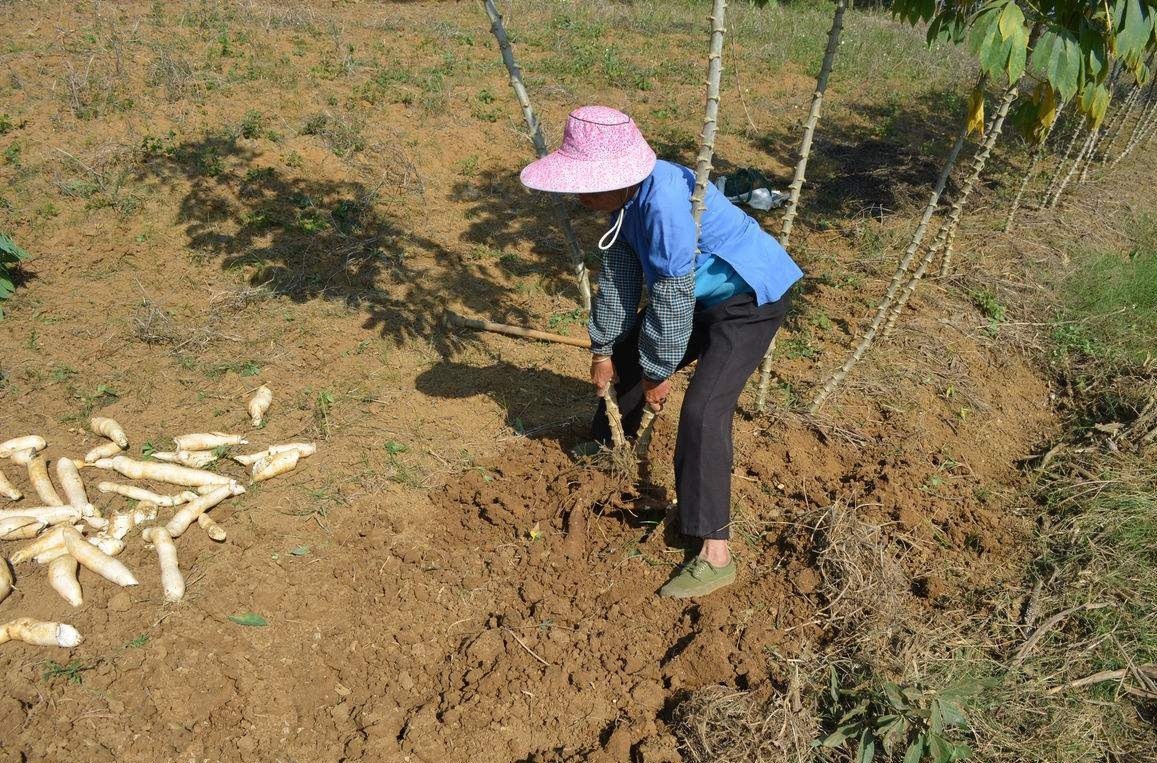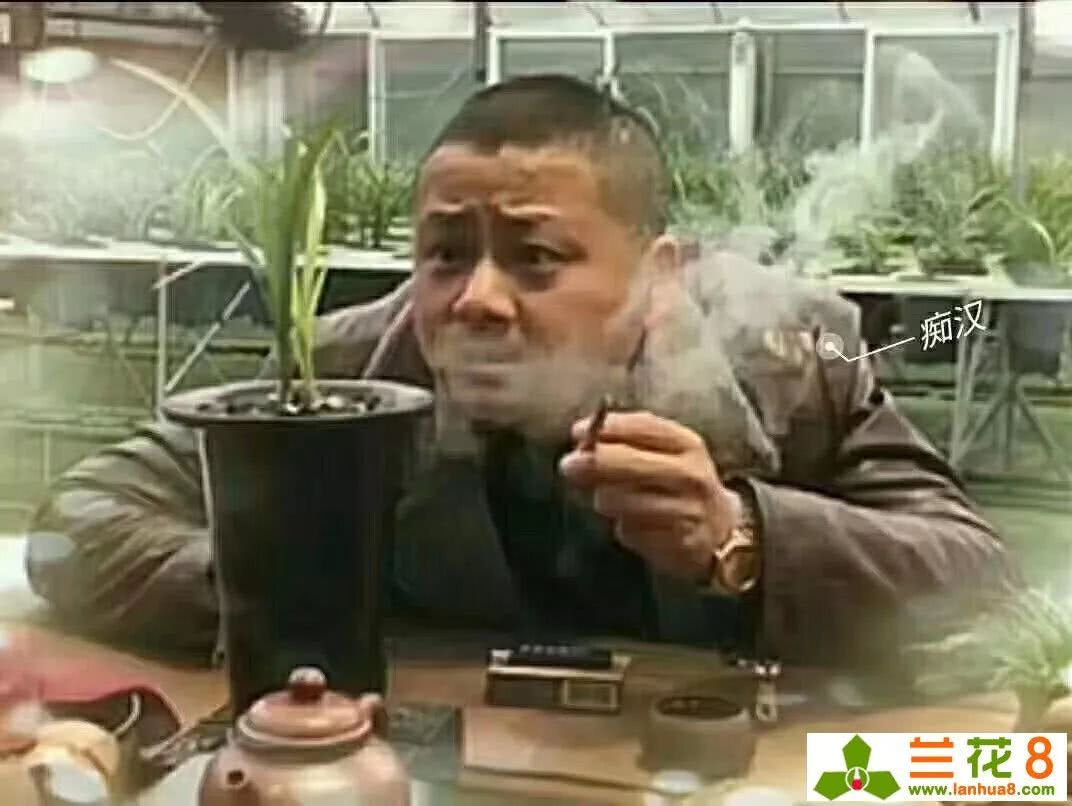The method of identifying the Grade of Orchid seedlings

Carry forward the national orchid culture and spread the knowledge of orchids
Smell the fragrance: the orchid is not fragrant by people, and the fragrance is not turbid.
Second, look at the posture: the whole plant is symmetrical, and the coordination of flowers and leaves is preferred.
Three look at color: the color is pure and light green, followed by dark green, red spots on petals and lips, and then red and then green at the beginning. The color of the leaves should be oily and glossy.
Four look at the shoulder: the left and right side petal slightly upward is called the flying shoulder, the most precious; horizontally spread into "one word shoulder" is the superior species; after flowering, the two side petals gradually droop is called falling shoulder, followed by.
Five look at the petal: the orchid is dominated by the petal. The lotus valve is the top grade, the plum valve is the second, and the daffodil valve is the second. The odd petal has many flowers and the butterfly petal is better.
Six look at the praise: the heart to bright and clean, thick meat and concave into a pocket-shaped as a good breed.
Seven look at the tongue: it is better for the lip flap to be straight in shape, short and round. The color on the tongue is called moss, and pure white, green, or all red is the best, followed by yellow. There are often red lines or massive erythema on the tongue, with bright colors as good, spots to form a point, a piece or character shape is better, the emergence of multiple tongues is strange.
Eight look at the nose: the nose is small, appears to be elegant, and is the top grade. The appearance of a hard nose is astonishing.
Nine look at the shell: the shell is the bract, the discerning eye can see from the bracts of "dumb grass" that the silk arrangement through the top will produce a good flower. Generally, green is the best, followed by purple and red.
Ten look at the stem: the stem is clear, the length is commensurate with the flowers and leaves, thin and protruding above the leaves (commonly known as flowers out of the shelf) is better.
To sum up, orchids are commodities, depending on the region, the weather, and man-made. They are used to it, but they are not used to growing well. It is not worthwhile to spend money, effort, and time to "follow others." there is only a preference in east, west, north and south, and there is no greater difference in awards. National exhibitions continue, focusing on participation, appreciation, learning and exchanges, so as not to be "misled".
In some larger flower markets, you can often see all kinds of beautiful orchids on sale. How to identify these orchids? Several commonly cultivated orchids are introduced as follows, which can be used as a reference for flower lovers.
Chunlan: root fleshy, white, leaves narrowly linear, about 20 cm to 25 cm long, margin sharply serrated, leaf veins obvious, 1-2 flowers per stem, yellowish green, delicate fragrance, flowering from early spring to March.
Cymbidium: fleshy roots, yellowish leaves linear, erect and thicker than Cymbidium, leaf margin rough, a stem with 5 to 13 flowers, light yellow, lips green and white, with red and purple spots, flowers very fragrant, flowering from April to May.
Jianlan: broad linear leaves, more erect, leaf margin smooth, a stem with 16 to 12 flowers, yellowish green or even yellowish brown, dark purple stripes, strong aroma, flowering from July to September.
Cymbidium: leaves 50 cm to 100 cm long, 3 cm wide, smooth, apex pointed, erect, flower stem about 60 cm high, 5 to 10 flowers per stem, petals with purple and brown stripes, flowering from winter to early spring, fragrant.
Cold orchid: leaves narrow and erect, flower stem thin, erect, with 5 to 9 flowers, small flowers, narrow petals, yellow, white, cyan, red, purple and other colors, fragrance, flowering from late autumn to early spring.
Criteria for distinguishing the advantages and disadvantages of orchids
The criteria for pros and cons are as follows:
1. It is better to have round and thin roots with a large number.
2. The leaves are tight at the base and wide in the middle and upper parts.
3. The color and lustre of flowers is light green, followed by thick green, followed by red green. Bright red flowers are also preferred. Suoxin or plain flowers, that is, all flowers in the same color is better.
4. The flower fragrance is elegant, pure and mild, while the one with too strong odor is inferior.
5. The outer three petals of the flower are more expensive if they are uniform, thicker and glutinous. The main valve is wide, the side valve is narrow or the valve is warped.
6. The shoulder takes the "flat shoulder" as the top grade (that is, the flat shoulder is called the flat shoulder with the main lobe as the center and the left and right valves extended horizontally). The flaps on both sides are also called "flying shoulders" slightly upward. If the shoulder is obliquely called "falling shoulder", it will take the second place.
7. Hold the heart (that is, the inner flap) to those who are smooth, big and thick and sticky.
8. The tongue is short and round and broad. If it is a color heart, the color point color line pattern is stable and the color is good.
9. The spot (refers to the point on the flap of the tongue) the spot on the tongue of Chunlan must be neat, messy and dark is inferior.
10. Identification of flower bud. Orchids on the market are supplied before flowering, so the bud has become the main object to identify and select excellent varieties. It can be recognized from the shape of the bud and the color of the bract. Chunlan blossoms a flower, which is easier to identify. The shape of the bud is short and round, shaped like soybeans or peanuts, and the petals are often short and round when flowering, which can be selected as a lotus petal orchid. If there is a white spot at the tip of the bract, it may be the main sign of plum or daffodils. The petals of the bracts are bright and glossy, with fine veins, straight from the base to the top, and tightly clasped layers, and their petals may be net green. Vegetarian seed clothes tend to be pure white-green without the slightest hint of noise, such as tulle. Chardonnay features are not as obvious as Chunlan, optional bracts are closely clasped, the color is obvious and glossy is good, the bracts are thick and short, and the tips of the bracts are often high-grade. These can only be used as a reference, and the real good or bad needs to be identified after flowering.
Orchids, you are a good teacher on the way to raise orchids.
- Prev

This kind of underground tree root has to soak for seven days and seven nights before it can be eaten by the poor. Now it is very rare.
Now people's standard of living is very high, and their diet is becoming more and more refined. Many young people have never seen the food they have eaten before. In the past, food was very precious. When we were young, our parents often taught us that we didn't.
- Next

If you meet a man with orchids, marry him.
Men who can choose to cultivate orchids by carrying forward national orchid culture and spreading orchid knowledge are certainly not ordinary men. At the very least, his cultural accomplishment is relatively high. People raise orchids, orchids also raise people. Some of the good qualities of orchids are in his body.
Related
- Wuhan Hospital Iron Tree Blooming Result Was Instantly Frightened by the Gardener Master
- Which variety of camellia is the most fragrant and best? Which one do you like best?
- What is the small blue coat, the breeding methods and matters needing attention of the succulent plant
- Dormancy time and maintenance management of succulent plants during dormancy
- Minas succulent how to raise, Minas succulent plant pictures
- What are the varieties of winter succulent plants
- How to raise succulent plants in twelve rolls? let's take a look at some experience of breeding twelve rolls.
- Attention should be paid to water control for succulent plants during dormant period (winter and summer)
- Watering experience of twelve rolls of succulent plants
- Techniques for fertilizing succulent plants. An article will let you know how to fertilize succulent plants.

